Well, by that logic, GEC, and Queen, and S&M, and Camillus, and Boker, etc. all have all made knives they shouldn't have sold. I've seen and/or own knives from those makers, and others, with flaws. You handle enough knives from any single maker, you're going to find a flawed knife. The question is, what constitutes a fatal flaw? Any QC process has to have acceptance criteria since there are few, if any, perfect knives. What some consider a fatal flaw (imperfect dye, weak springs, springs that don't sit flush in all positions, pins that aren't flush) won't matter at all to many others. Why would Case, or any other manufacturer, not sell those knives? If it winds up in the hands of someone that's bothered by that particular flaw, back it goes. For a company that produces the volume they do, I think Case's QC is remarkably good. I've yet to get a "bad" Case knife. If it ever happens, I'll send it back just like I would any other maker.



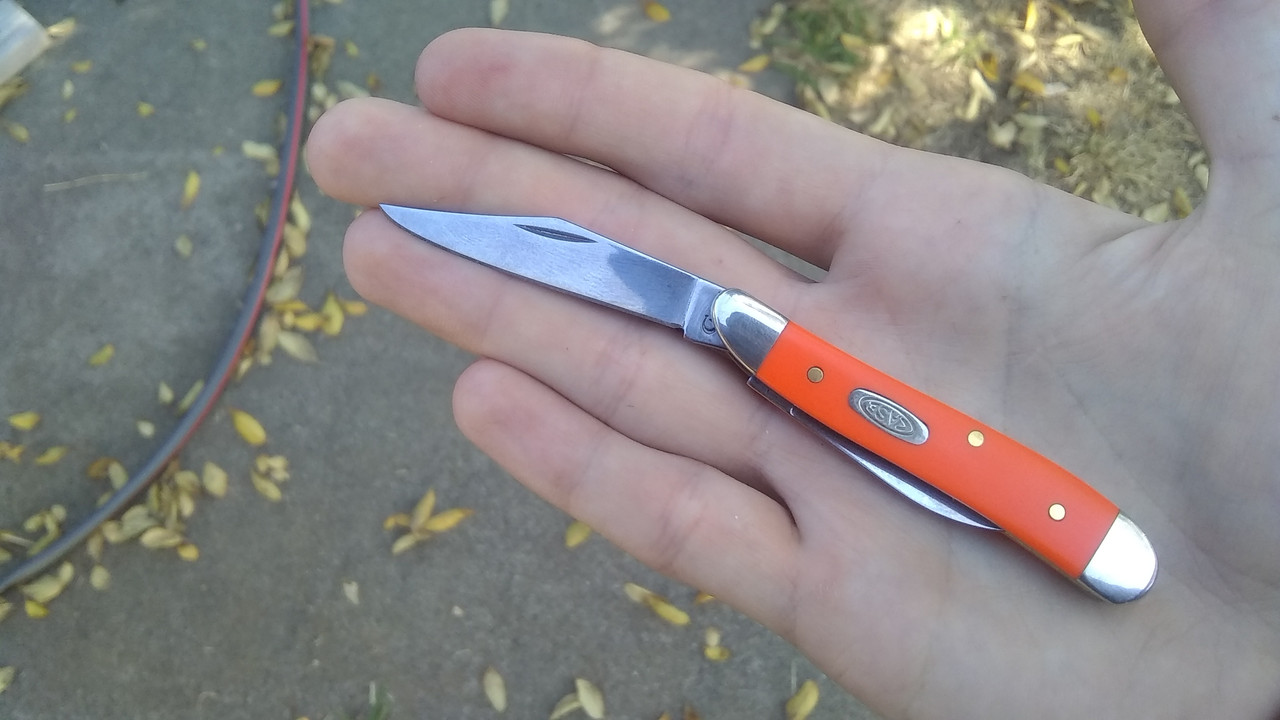
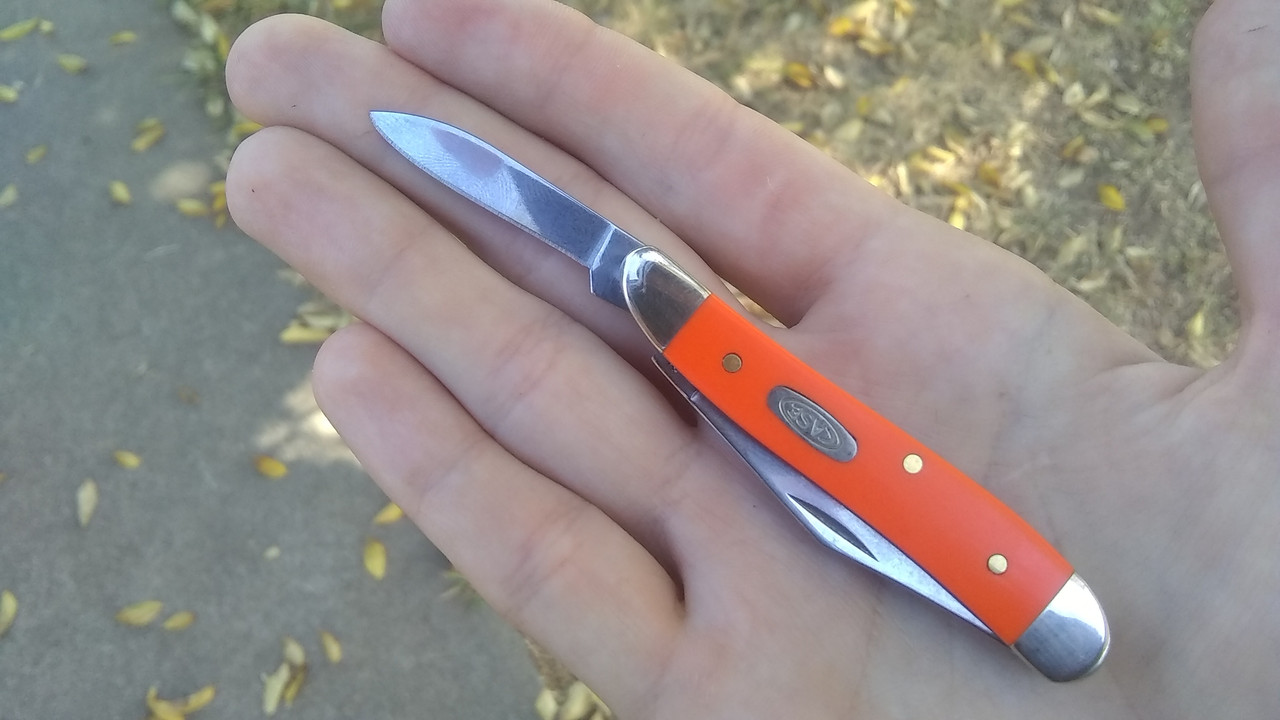
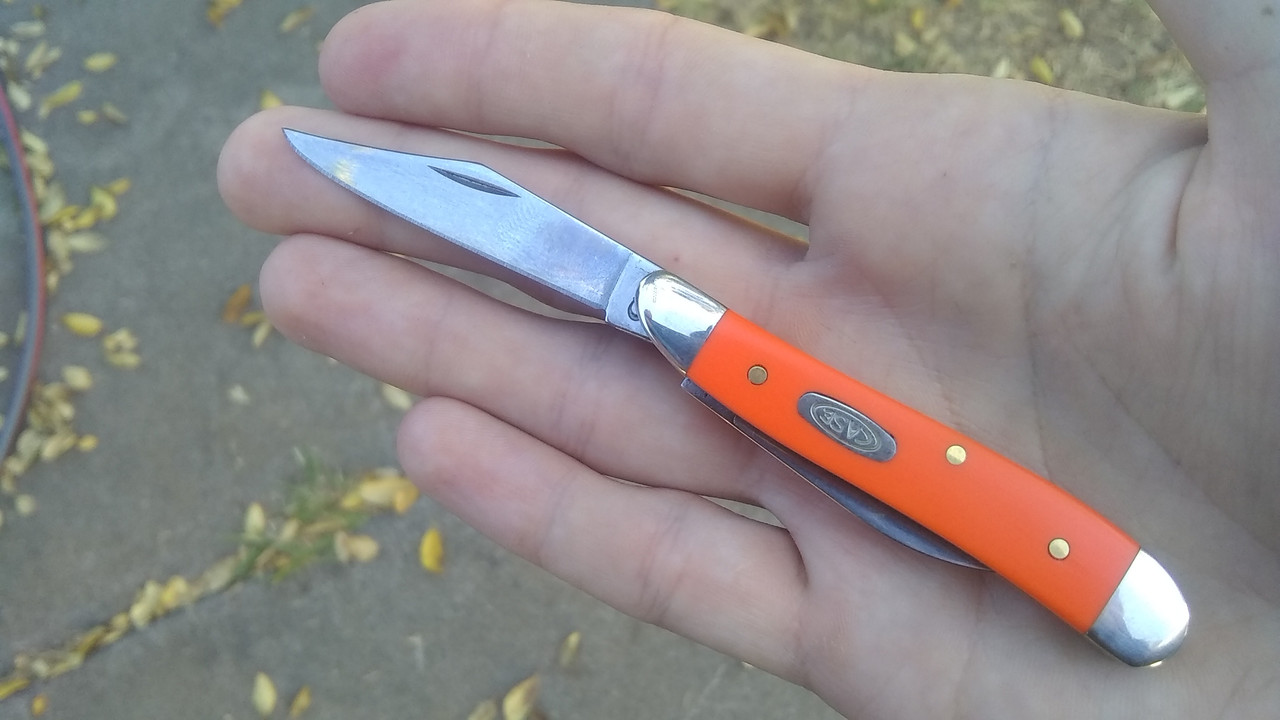
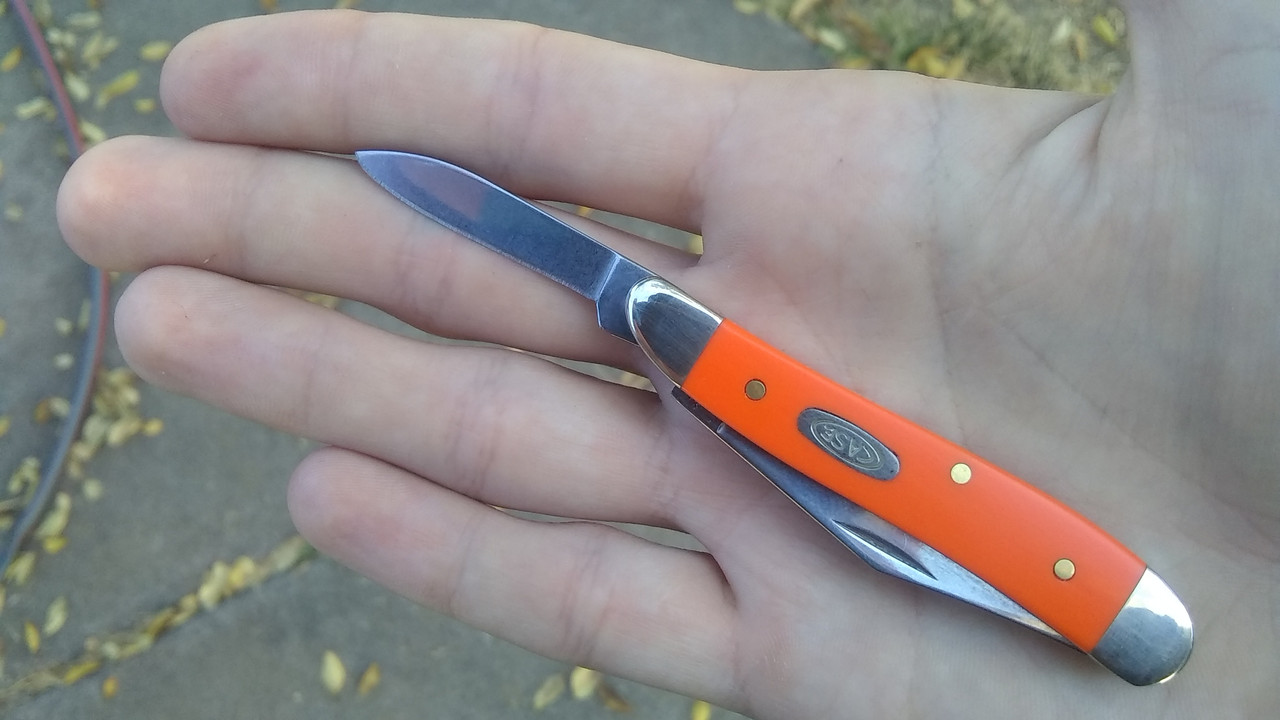
 Can you explain what you did and how, please?
Can you explain what you did and how, please?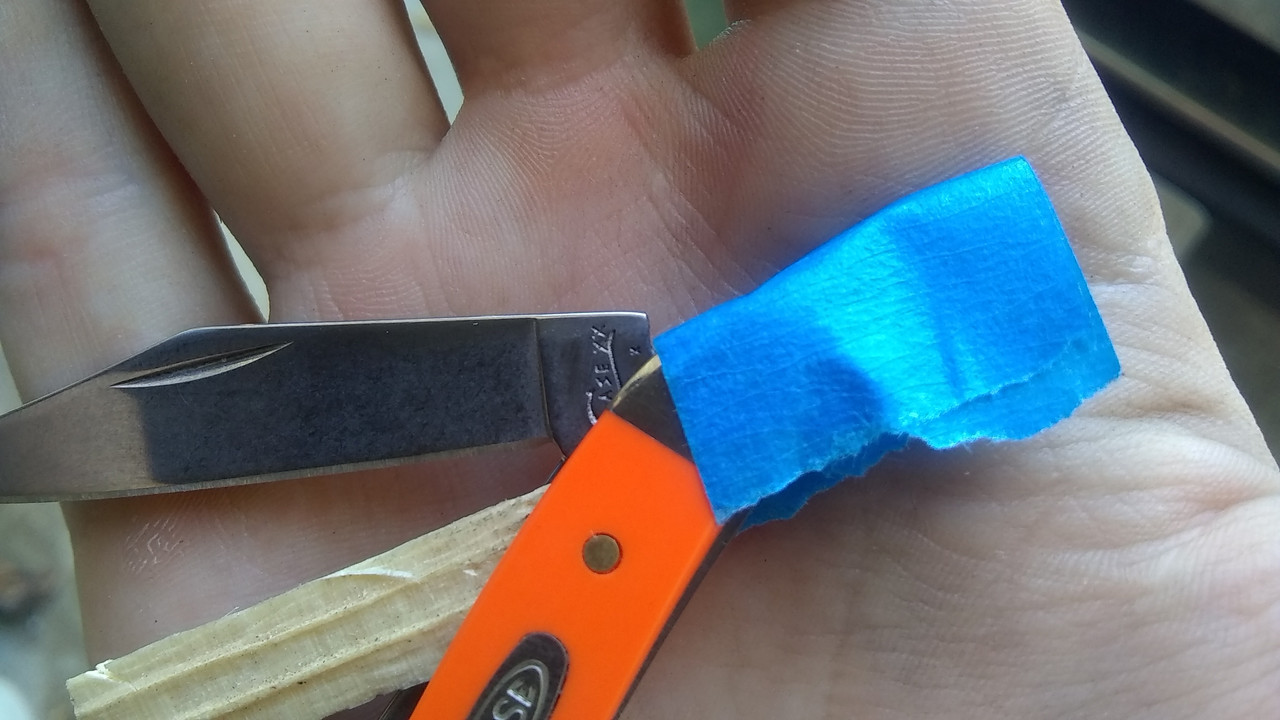
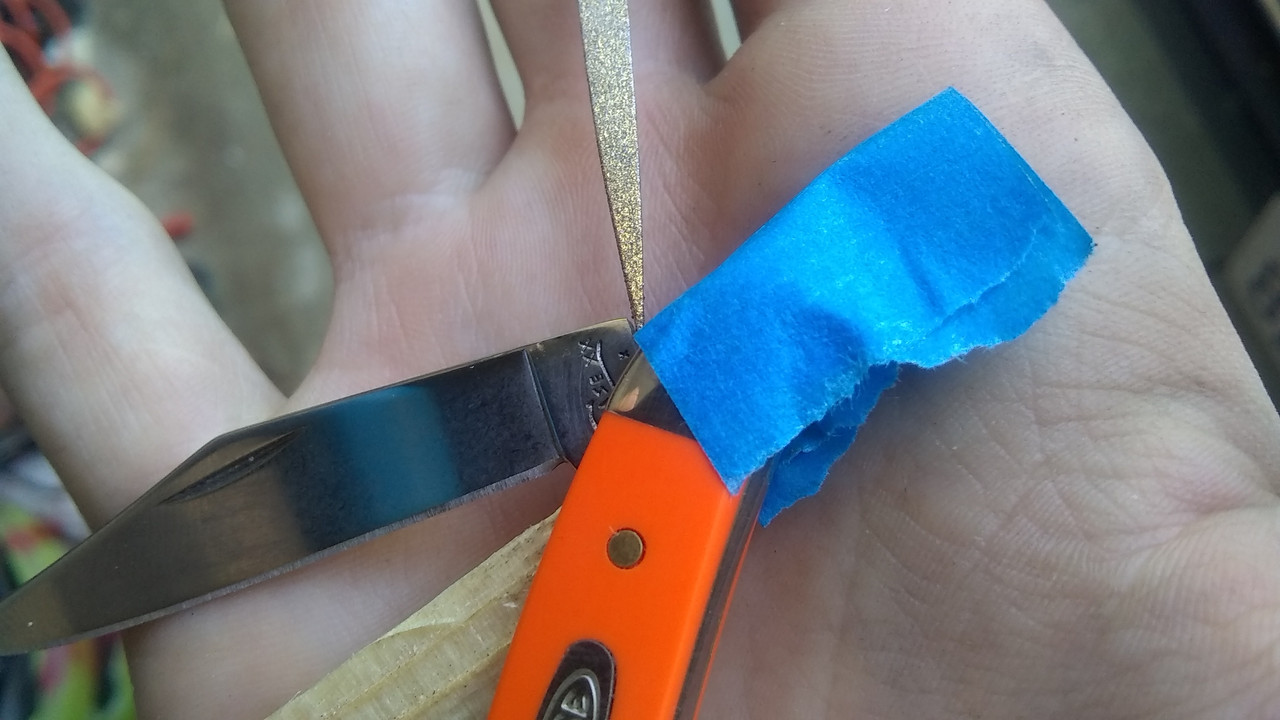


 20181108_135147
20181108_135147